LifeStraw Pitcher (7 Cup) In-depth Review
The LifeStraw Pitcher 7-Cup took longer than any other pitcher to filter, but it produced the best tasting water in our tests.
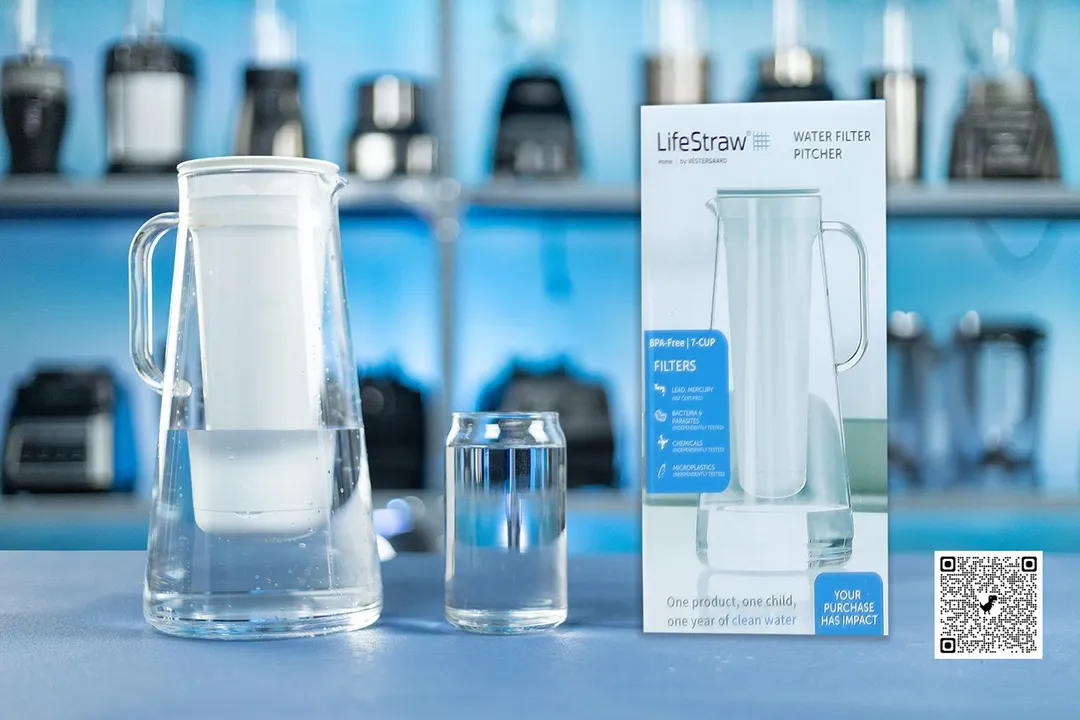
Overall Verdict
The LifeStraw 7-cup water filter pitcher features an excellent system of filters that passed our chlorine reduction and taste and smell tests with flying colors. Its design is not only elegant, but also more secure and sturdy than any other we’ve tested thus far, and we’ve tested a dozen water pitcher filters.
Unfortunately, this was not enough to take the pitcher to the top of our list. Its outstandingly slow flow rate coupled with the small capacity means the pitcher is only good for single person use. The reservoir and filters are also tricky to work with during replacement, while its silicone parts require thorough, frequent cleaning manually. That being said, it’s still only a filter pitcher and one does not have to be a rocket scientist to use it.
This LifeStraw pitcher can be a great choice as a personal filter pitcher if pure water is your priority and you don’t mind a few small inconveniences.
Things We Like
- Elegant look
- Robust, durable parts
- Great tasting water
- Secure lid with no overflow
Things We Don’t Like
- Slow flow rate
- Tricky removal of filters
- Silicone parts can be difficult to maintain
We were all eager to check out the LifeStraw 7-cup jug when it arrived. Instead of the typical rectangular body seen on other water filter pitchers, this jug has a cone shape similar to your usual non-filter pitchers. It also features a more complex water processing system than any other. The system, consisting of a carbon-ion exchange filter piece and a membrane microfilter, has been certified to remove a wide variety of harmful contaminants.
All in all, the LifeStraw looks like a promising choice. We put it through various tests to see if it really delivers.
Spoiler alert: It did, to some extent, but couldn’t make it to our Best Water Filter Pitchers list.
Key Specs
Where to Buy Price at publication $38.48
*You help support HealthyKitchen101's product testing and reviews by purchasing from our retail partners.
Compared to Other Water Filter Pitchers
5.9 Performance
Featuring a carbon-ion exchange filter and a membrane microfilter, the LifeStraw was excellent at removing chlorine and producing crisp, clear water. Its faux pas is with the snail-like flow rate that would frustrate even Internet Explorer users.
9.0 Chlorine
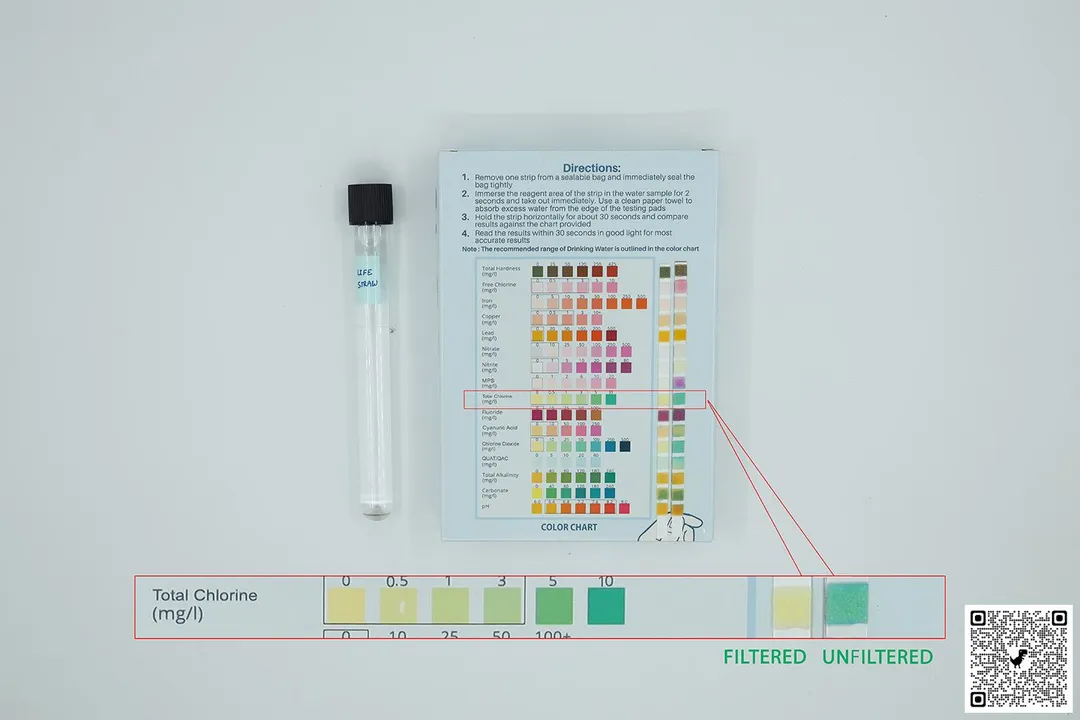
For this test, we made chlorinated water to a concentration of 10+ mg/l and ran it through the filter jug. Of a dozen pitchers and dispensers we’ve tested, the LifeStraw was among three that could reduce the chlorine concentration down to 0.5 mg/l. Its filtration system should not have a problem handling any tap water, which typically has a much lower chlorine content (below 3.5 mg/l).
Apart from chlorine, the filters are also certified to remove bacteria, parasites, lead, mercury, and many other contaminants. We do not have the capacity to verify these claims, but the certifications appear trustworthy.
1.0 Flow Rate
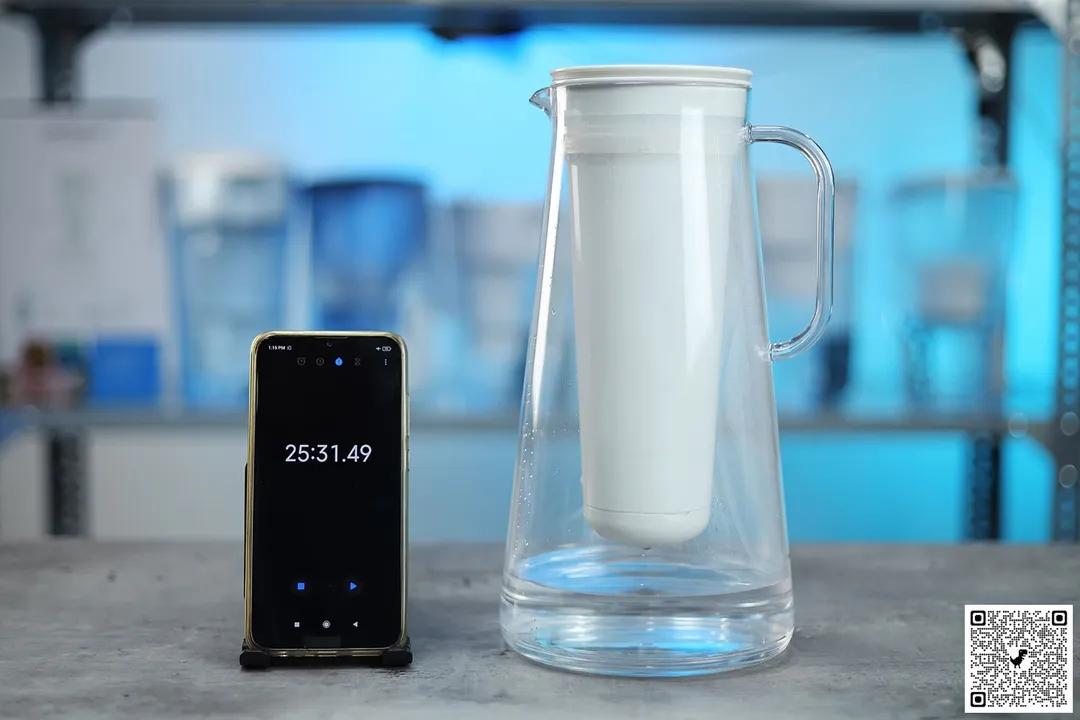
While it was among the best performers against chlorine, the LifeStraw unfortunately also took the longest time to do its job. On average, it took between 20 - 25 minutes to process one full reservoir (700 ml), which translates to a waiting time of 7 minutes for every standard glass of water. At this flow rate, this pitcher is definitely not for big families or those who need more than a glass or two of water at a time.
10 Taste & Smell
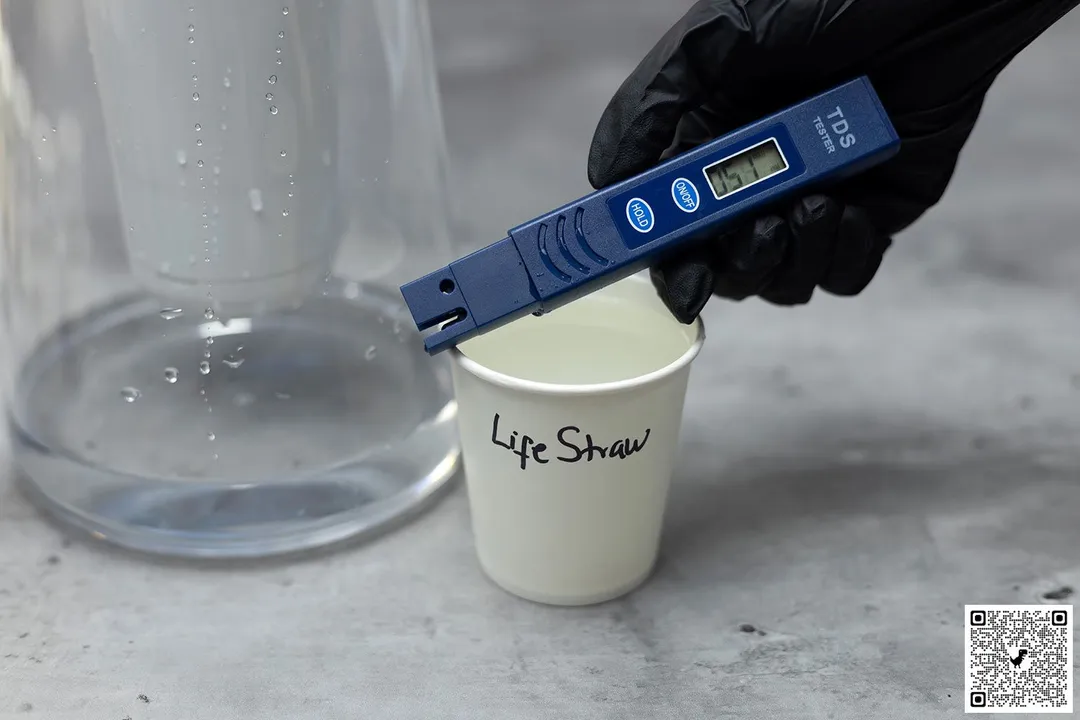
Though it did not remove all of the dissolved solids (TDS), the LifeStraw produced crisp, fresh tasting water. It won the heart of all three testers who unanimously gave it a perfect 10 for the great quality and aesthetics of water it offered.
7.2 Design
The LifeStraw 7-cup pitcher is clearly made of quality materials with great fit and finish. It has a more elegant design than your typical Brita and looks nice on the countertop, but its tall, slender body proved a difficult fit in the fridge. Additionally, the lid has a smart design with a refill door and anti-overflow ridge, but lacks a filter life indicator.
In the Box
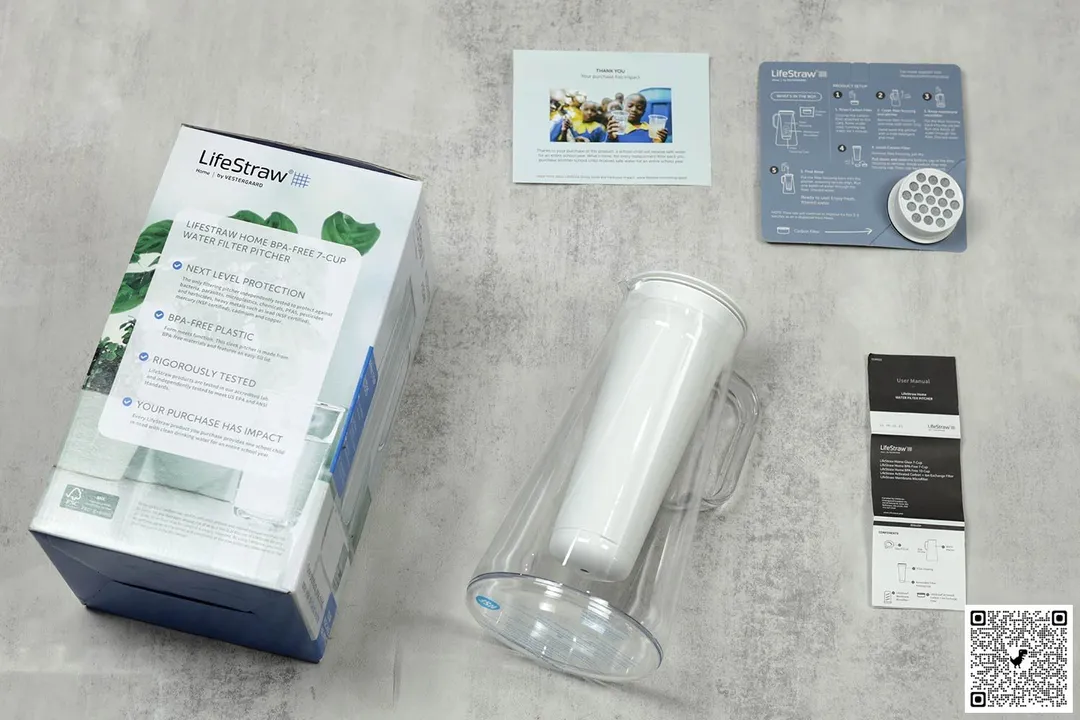
- The LifeStraw water filter pitcher
- Membrane microfilter (pre-installed)
- Carbon and ion-exchange filter
- User guides and promotional materials
The LifeStraw 7-cup filter pitcher came in a pretty cardboard box with a membrane pre-installed in the reservoir. The carbon and ion-exchange filter, protected with a plastic pouch, was included in the package. The user guide is available in various languages and can also be accessed online.
Dimensions
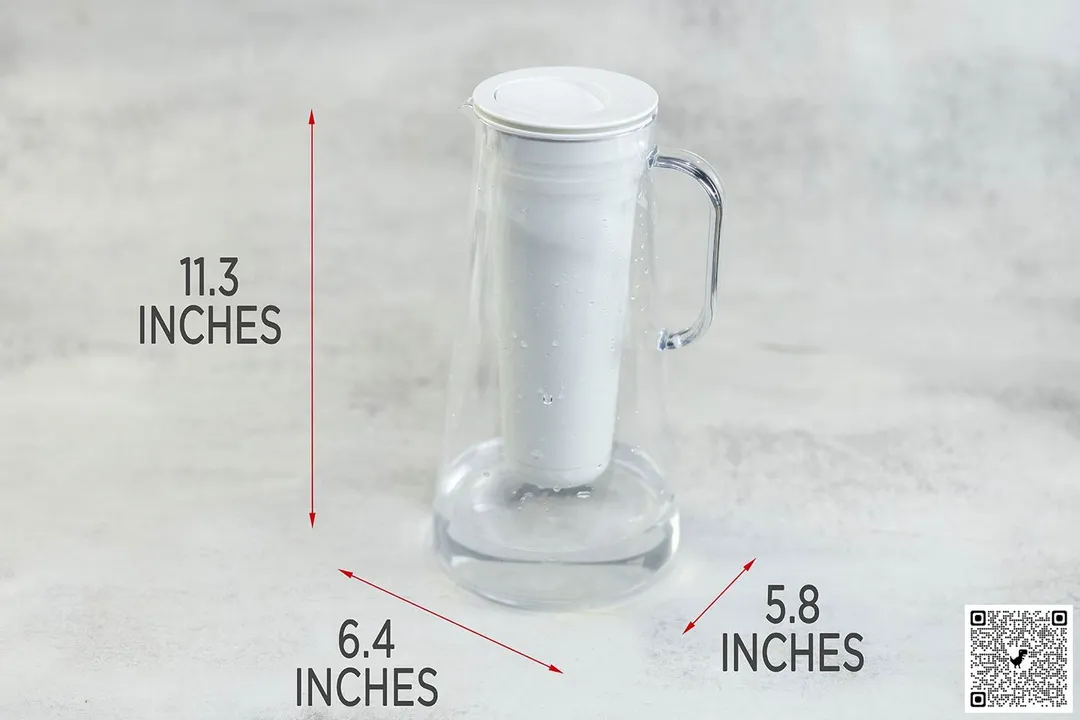
8.0 Build Quality
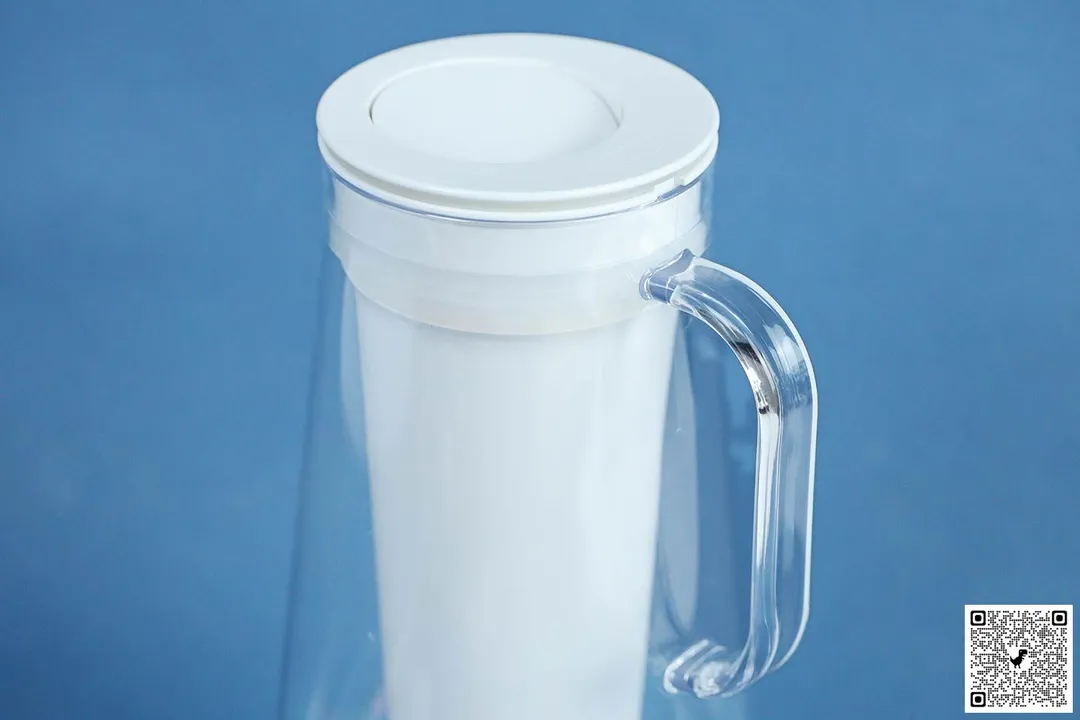
The LifeStraw is a well-built pitcher with a sleek design and strong, durable parts. Unlike others, its lid and reservoir have silicone rings to secure them to the pitcher. This not only ensures the lid doesn’t fall out during pouring, it also prevents water from the reservoir from mixing with filtered water. The handle, albeit small, is strong and easy to grip.
4.0 Conveniences
The LifeStraw does not have a spigot as it’s not typical of pitchers of its size to have one. Featuring a round bottom, the LifeStraw does not fit in a standard fridge door or a gallon door bin. It’s also taller than most and requires the removal of a shelf for vertical space in most types of refrigerator. There is a trap door for refilling but no replacement indicator, so it’s a good idea to keep a reminder on your phone or fridge door to change the filters, especially the carbon-ion exchange one which requires replacement every two months.
8.0 Filter
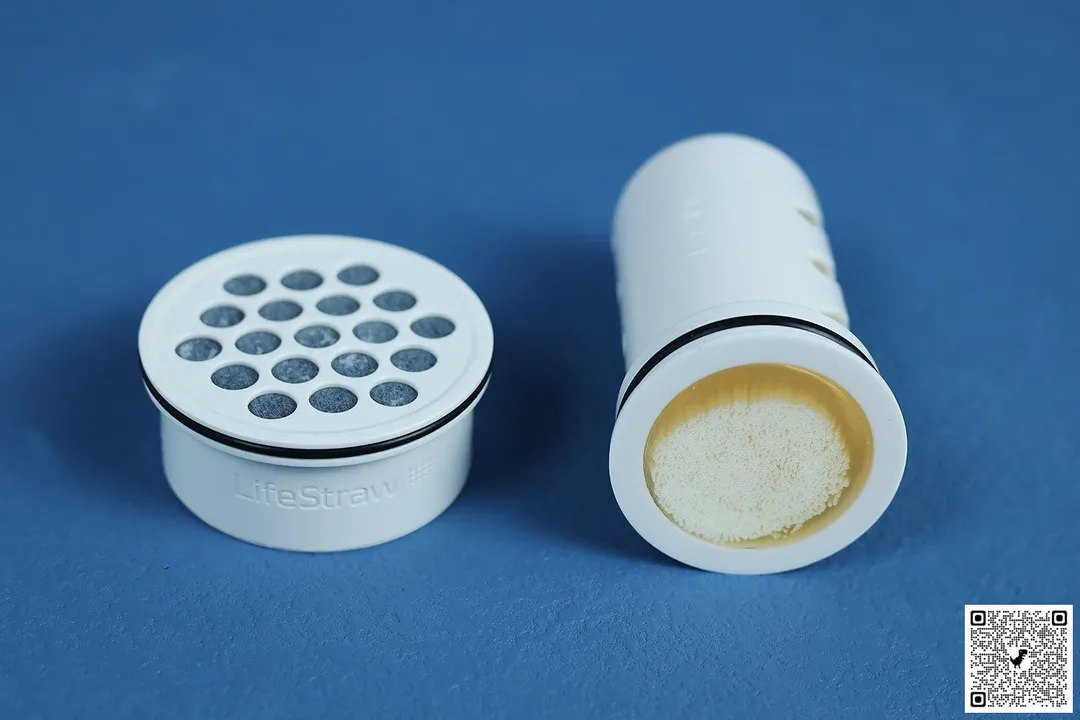
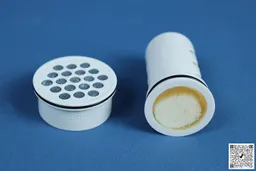
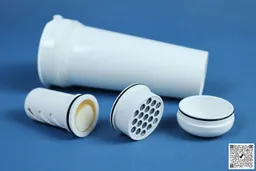
The LifeStraw is the only pitcher we’ve tested that features a membrane microfilter along with a carbon-ion exchange filter. Both pieces appear well-made and did not leave flecks in the filtered water like some others (such as the Maxtra+ filter on the Brita Marella) do. Clogging or clumping did not happen in the several weeks that we tested them—as slow as the flow rate was, it was steady and predictable. The filters, however, were a little more tricky to install than most.
7.5 Usability
The LifeStraw 7 cup filter pitcher is small, lightweight, and secure in all parts, ensuring effortless refilling and dispensing. The problem lies at its long, narrow reservoir, which is challenging to detach and complicates the filter replacement process more than necessary.
The silicone rings, though working like a charm in securing and separating the parts, are prone to mold and dirt accumulation and require more thorough and frequent cleaning than most.
6.6 Assembling
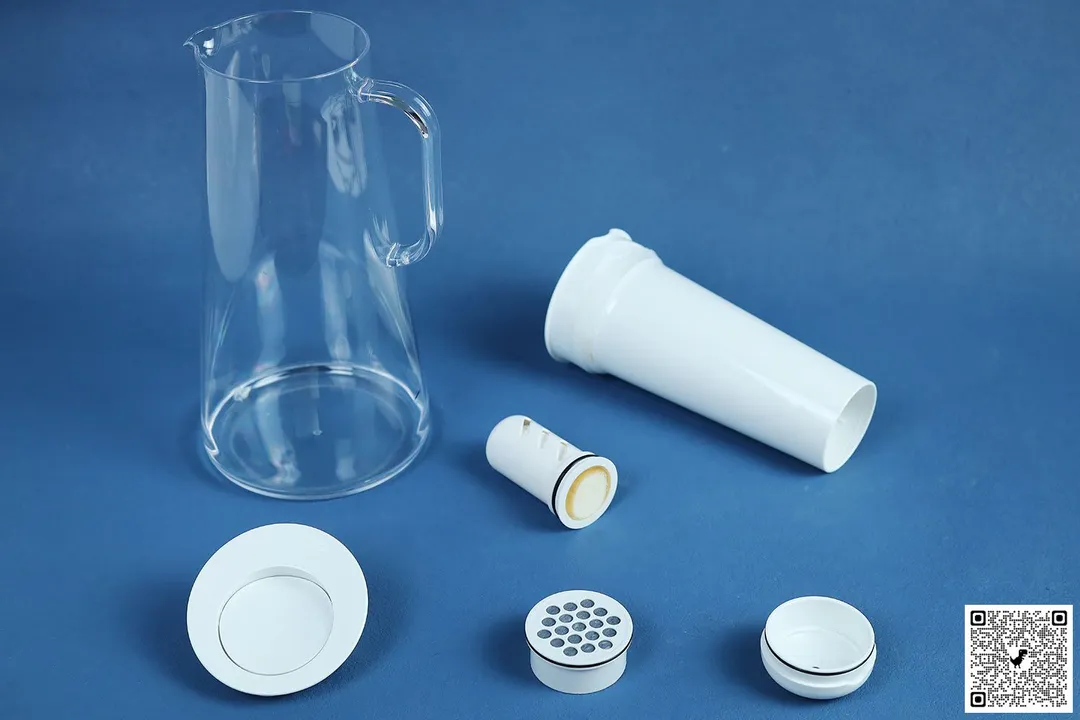
While it’s one of the most sturdy pitchers, the LifeStraw is also one of the most difficult to take apart and put together, particularly its reservoir. The reservoir is secured to the pitcher with silicone rings, and it’s smooth on the inside, so taking it out can pose quite a challenge.
The filter pieces are secured inside the reservoir with a cap, which is also a pain to remove. Once the cap is off, the carbon filter will come out easily, but the membrane microfilter needs some pushing through the larger opening of the reservoir. Since the reservoir itself is shaped like a narrow tube, those with larger hands are likely to find the maneuvering discouraging.
7.8 Refilling
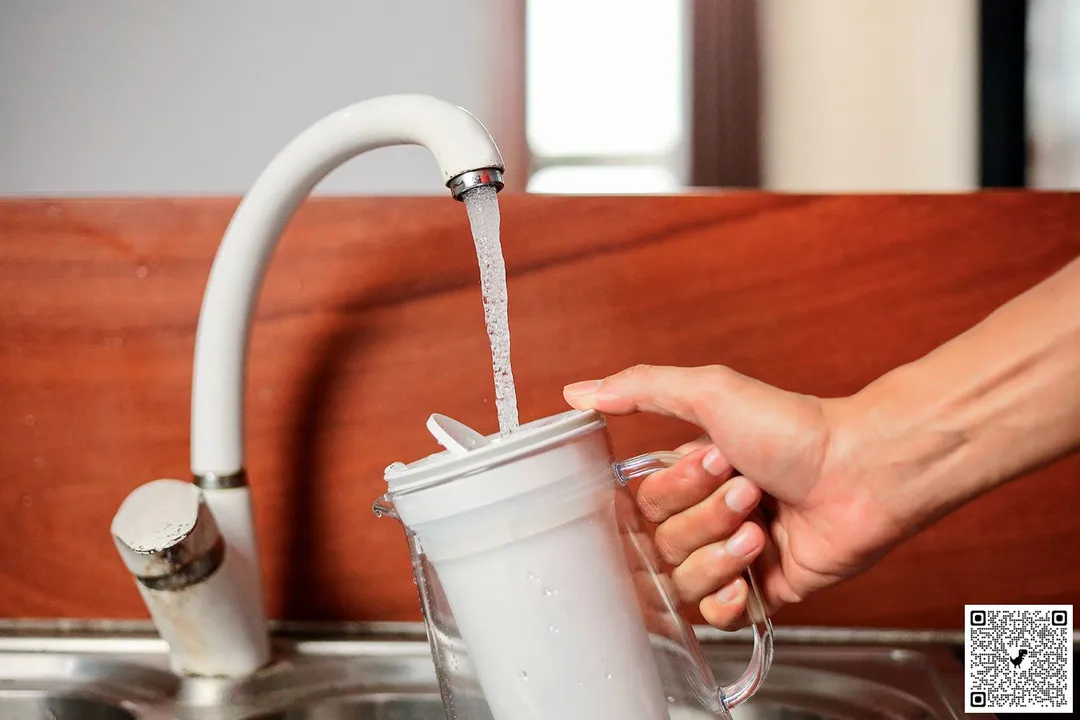
While the LifeStraw’s lid is small, its trap door is larger than most, allowing for easy, one-hand refilling. We prefer the design of the Brita Style, where the pour-through flap can be opened up so water doesn’t touch the lid, but this one works just fine.
As deep as the reservoir may look, it’s rather small so you need more than two refills to fill the pitcher, which is a disadvantage especially considering the slow flow rate.
8.0 Dispensing
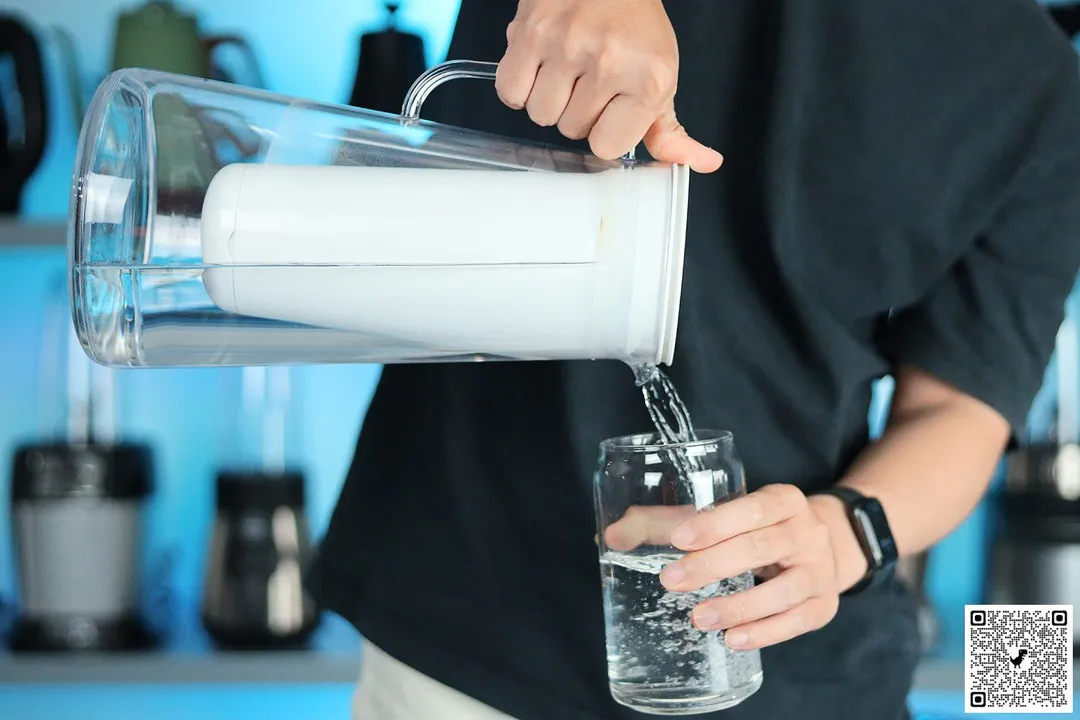
With a height greater than most and a top-small design, the LifeStraw needs more tilting to pour water. Fortunately, its reservoir and lid are extremely secure. The lid even has a stopper that prevents unfiltered water from splashing out, so you can actually while the reservoir is still half full.
6.5 Cleaning
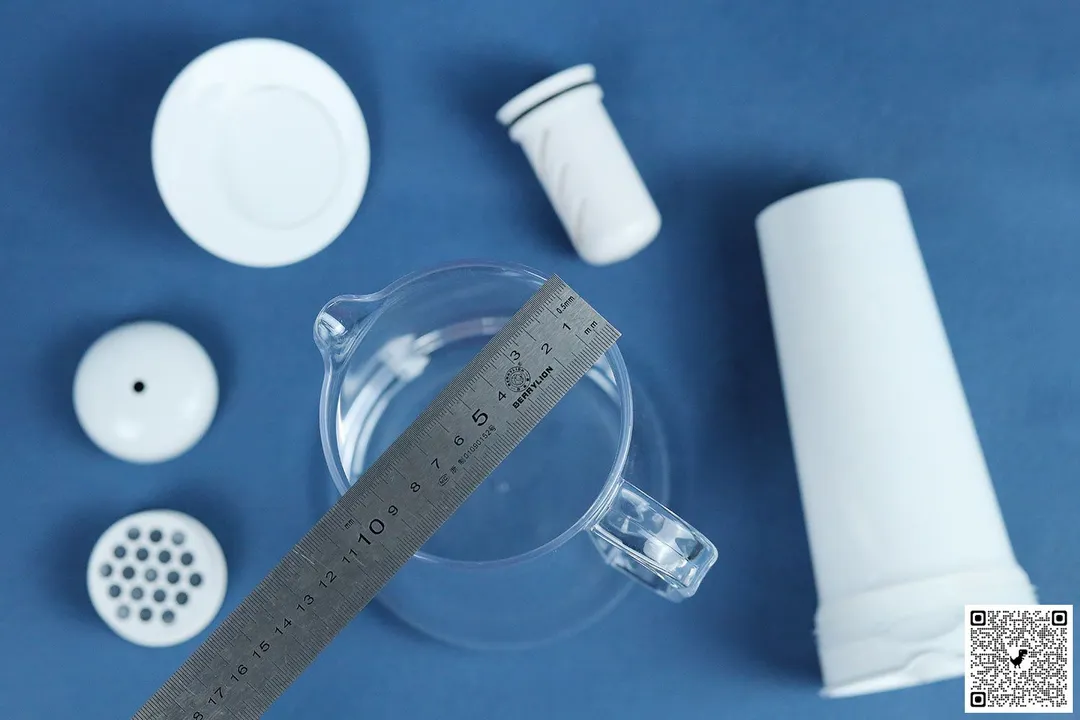
The LifeStraw’s tall and cone-shaped design, while elegant, makes it a little more challenging than most to clean. Those with big hands may have to resort to using a sponge stick to reach inside the pitcher and especially the deep, small reservoir.
Its silicone linings and the nooks and crannies on its reservoir and lids can be a pain to clean. These may develop mold or collect dust if you leave it without washing for more than a few days. We’ve detected a few spots on ours, though admittedly we left it with water inside for a couple of weeks.
Behind the review
Anh Ngo is a writer with 9 years experience at different media outlets, covering from public news and events to product testing and analysis. At HealthyKitchen101, she works across different departments, communicating closely with its network of writers, editors, and health, tech, and search engine experts to provide a meaningful and pleasant reading experience for visitors.
Lap is Head of the Research, Testing, and Review Team (RTR Team) at HealthyKitchen101.com, where he directs and supervises the testing of kitchen gadgets and appliances.
Nguyen Ntk is a graphic designer, photographer, and videographer whose philosophy centers around respecting and celebrating the beauty of reality. Through his lenses, Nguyen strives to capture the true essence of objects and events, showcasing and highlighting authentic features without distortion or exaggeration.


